Speaker
Description
A facility for Boron Neutron Capture Therapy based on a 30 mA, 5 MeV proton Radio Frequency Quadrupole Accelerator (RFQ) coupled with a beryllium target will be built at the University of Campania 'L. Vanvitelli' in Caserta (Italy). The National Institute of Nuclear Physics (INFN) is in charge of the technology and collaborates on the design of the facility in the framework of the PNC-PNRR ANTHEM project. The interactions of the neutron beam and the consequent production of secondary particles must be studied to assess their effects in terms of safety for people both inside and outside the structure. For this reason, simulations were performed using the N-particle Monte Carlo transport code (MCNP) version 6.0. A prototype Beam Shaping Assembly (BSA) has been designed as reported by Postuma et al.[1] for filtering, moderating and collimating the neutron beam, which has a flux to the patient of at least $(10^{9} cm^{-2}s^{-1})$. This beam is used to assess the necessary shielding (i.e. material composition and structure of the facility walls) to keep radiation as low as reasonably possible outside of the irradiation room. The simulations are performed in two steps, first we evaluate the radiation protection issues while the beam is on target and there is no patient in front of the beam (i.e. open-beam to be conservative). A latter simulation is then used to evaluate the induced activation in the rooms (i.e. Ar-41 and walls) using PHITS monte carlo code coupled with DCHAIN[2]. Different materials and compositions of the facility walls, including Portland,baritic and borated Baritic concrete and borated polyethylene, were tested to evaluate their performance as shielding. Simulation results reported in equivalent ambient dose, were analyzed in representative areas of the facility and compared to ensure the best conditions for safety. Neutrons are not only produced on the Be target. It is pivotal to consider the contribution to the ambient dose due to proton losses along the beamline. These protons have sufficient energy to produce neutrons through nuclear reactions. This extra ambient dose is important in the accelerator room and in the adjacent technical room. For the simulation of beam loss, a source has been designed by extracting protons perpendicularly to the particle transport direction with an energy distribution depending on the position along the line, according to simulations provided by the accelerator scientists. The results show that the most advantageous wall structure consists of a three-layer configuration: the inner layer is made up of borated polyethylene, the second is a 20 cm baritic concrete thick layer and the outer of Portland concrete. Thanks to the structure of the BSA which collimates the neutron beam,the quantities relevant for the radioprotection are kept very low. Work is currently ongoing to design a new, more efficient BSA, which ensures the same beam quality, while guaranteeing a higher neutron flux also exploiting an innovative target design.
1 Postuma, Ian, et al. "A novel approach to design and evaluate BNCT neutron beams combining physical, radiobiological, and dosimetric figures of merit." Biology 10.3 (2021): 174.
2 Y. Iwamoto, S. Hashimoto, T. Sato, N. Matsuda, S. Kunieda, Y. Çelik, N. Furutachi and K. Niita, Benchmark study of particle and heavy-ion transport code system using shielding integral benchmark archive and database for accelerator-shielding experiments, J. Nucl. Sci. Technol. 59, 665-675 (2022).
| Scientific Topic 7 | Medical and industrial accelerators |
|---|

